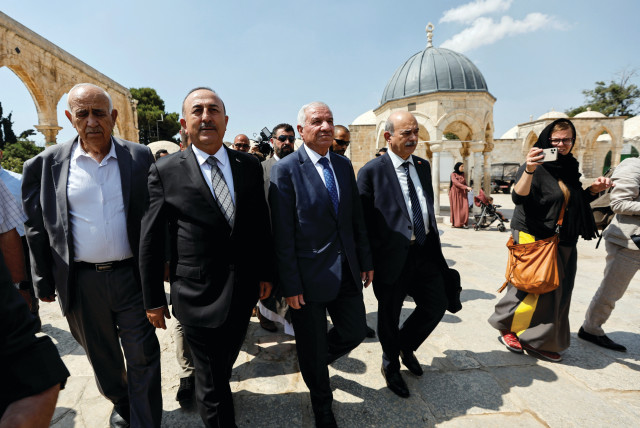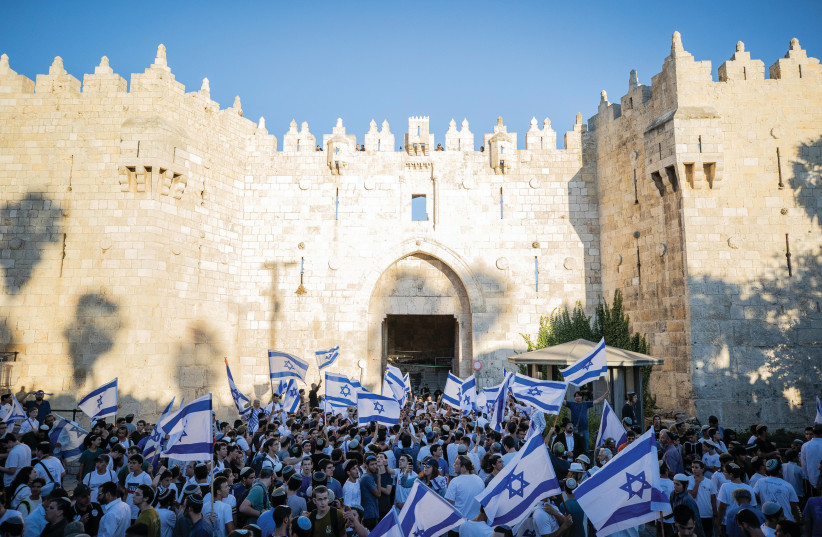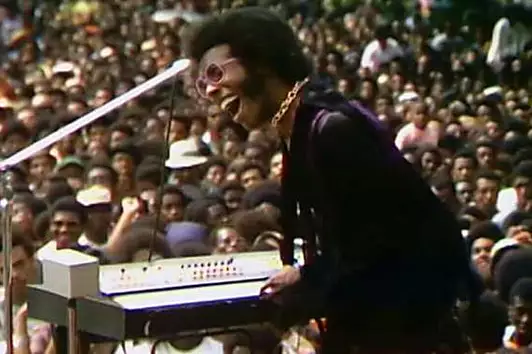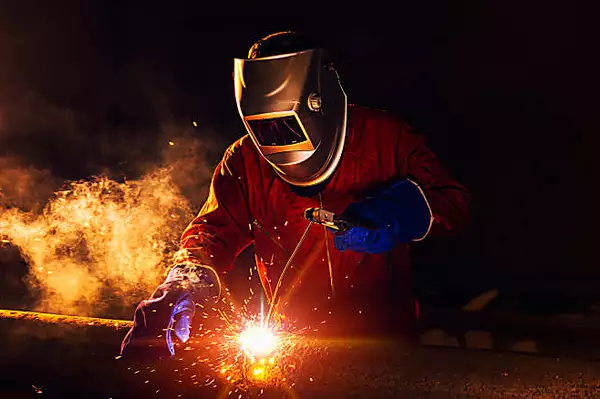Red Alarm: Israel is Losing Sovereignty over Jerusalem in Fierce Competition

DIPLOMATIC AFFAIRS: There is a lot of competition to hold onto a piece of Jerusalem which is a holy city for multiple religions.
The most remarkable aspect of Turkish Foreign Minister Mevlut Cavusoglu’s visit to al-Aqsa Mosque compound on the Temple Mount on Tuesday was that it was so unremarkable.
Cavusoglu visited the site without Israeli security guards and was accompanied by Azzam al-Khatib, the director-general of the Jordanian-controlled Wakf Muslim religious trust. He was not met on the compound by throngs waving Turkish flags and did not repeat – whether before he went to the site or when he left it – the need for Muslims to “conquer” al-Aqsa by flooding it with visitors.
Five years ago Cavusoglu’s boss, Turkish President Recep Tayyip Erdogan, did just that. Speaking in 2017 at a conference on Jerusalem held in Istanbul, Erdogan called on Muslims worldwide to visit al-Aqsa often as a way of gaining control, saying that “each day that Jerusalem is under occupation is an insult to us.”
The Turkish president then put his government’s money where his mouth was, and subsidized Turkish visitors wanting to make a pilgrimage to the site. Thousands of Turkish tourists began flowing to Jerusalem’s Old City, and the Turkish flag flew from the Aqsa compound as well as on rooftops and in front of restaurants in the Old City and east Jerusalem.
According to Baruch Yedid, the Arab affairs correspondent for Channel 14 who led a media tour of Jerusalem Sunday sponsored by the Sovereignty Movement, the Turkish government helped refurbish some 70 buildings in the Old City. Some of these refurbished buildings were designed to service the Turkish religious pilgrims, who could enter a coffee shop on one of the alleyways near the Temple Mount, and – while sipping freshly squeezed orange juice – watch Erdogan’s speeches and those of Islamic Movement Northern Branch head Raed Salah on big-screen televisions. Saleh has for years been waging the “al-Aqsa is in danger campaign” against Israel, and in Erdogan found a receptive ear and close ally for years.

At the opening of a parliament session in 2020, with dreams of resurrecting the glory of the Ottoman Empire still in his mind, Erdogan said, “Jerusalem is ours. One of our cities.” His actions to gain inroads in the city – including donating 300 laptops to schools in the Old City so pupils could learn Turkish – showed that he meant it.
“Jerusalem is ours. One of our cities.”
Turkish President Recep Tayyip Erdogan
Then the coronavirus hit, the flow of tourists stopped, Turkey’s economy and standing in the world continued to dive and Ankara pivoted and began making overtures toward Israel, which culminated this week with Cavusoglu’s visit. During his visit all that neo-Ottoman bluster about Jerusalem being Turkish went by the wayside.
At least for now.
Turkey is in the running
ACCORDING TO Yedid, the Turks are but one piece of a power struggle taking place among Palestinian groups – Hamas and Fatah – and Arab countries, such as Turkey, Jordan, Saudi Arabia and Morocco, for a foothold in Jerusalem.
Each little chunk of the city that another actor tries to grab for itself chips away at Israeli sovereign control – and this competition is fierce.
This competition played out most recently during Ramadan when Israelis woke up to violent clashes on the Temple Mount and were stunned to see a wave of the green flags of Hamas where the Jewish temples once stood.
Samer Sinjilawi, an east Jerusalem Fatah activist and chairman of the Jerusalem Development Fund, said that, contrary to a growing perception among Israelis, Hamas has not taken control of the Aqsa compound or won over the hearts and minds of east Jerusalem Arabs. That, he said, is a figment of the Israeli media’s imagination.
Maybe so, but after what Yedid called a “very green Ramadan” on the Temple Mount, the massive funeral in Jerusalem of CNN correspondent Shireen Abu Akleh, killed two weeks ago during a firefight in Jenin, was organized and run by Fatah as a response to Hamas; as a show of force and a way of demonstrating its presence.
Fifty-five years after Israel won Jerusalem during the Six Day War, the battle for control of the city continues to take place at various levels.
Jordan is trying to assert control over the Temple Mount and al-Aqsa Compound by demanding to increase the number of Wakf employees and “returning the status quo” at the site. What this means for Jordan is replacing the Israel police who currently stand guard at all the entrances to the compound, including the Mugrabi Gate from which Jews and tourists are allowed access, with Wakf guards. Up until 1996, it was Wakf guards who were positioned at the entryways to the Temple Mount.
Hamas is trying to assert its control as “protector” of the city by threatening to fire rockets, as it did last May, if it is unhappy with the developments in the city. It is threatening to fire rockets if the Jerusalem Day march goes ahead as scheduled on Sunday.
And Fatah is trying to assert control by getting its members placed on the expanded Wakf board, as well as supporting a multitude of organizations throughout the city.
INTERESTINGLY, the easiest way the Arabs could make their presence felt in the city would be through voting in municipal elections – something they are entitled to do as Jerusalem residents.
Sinjilawi, a staunch opponent of Palestinian Authority President Mahmoud Abbas, said that the older guard of Fatah is opposed to Arab participation in municipal elections because it could be interpreted as recognizing Israeli control. He said many in the younger guard, however, believe this is an option that should be considered.
According to Yedid, the decision by Ra’am Party head Mansour Abbas to join the government coalition has led to a rethinking of the wisdom of boycotting the Israeli political process.
Chaim Silberstein, the head of an NGO called Keep Jerusalem, said that if current demographic trends in the city continue, then if east Jerusalem Arabs decide to vote, within 15 years they could elect an Arab mayor of the capital.
Before the Six Day War, Arabs made up only 1% of the part of divided Jerusalem under Israeli control. When Israel took control of the entire city in 1967 and expanded the municipal borders to include several Arab villages, the Arab population rose to 70,000, constituting some 26% of the united city’s entire population.
By 1990 the Jewish-Arab breakdown was 72% to 26% favoring the Jews, falling to 68%-32% in 2010, and now standing at about 60%-40%. Jerusalem’s current population stands at 958,000, of which 581,000 (354,000 Arabs and 227,000 Jews) live in areas that Israel gained control of in 1967.
The dramatic change in the capital’s demography is not the result of a high Arab and low Jewish birth rate among Jerusalem residents, but because of Jewish flight from the city over the past quarter-century because of a lack of employment opportunities and affordable housing.
“Each year between 7,000 to 10,0000 Jews leave the city,” Silberstein said, adding said that in the last 25 years some 450,0000 Jews have left Jerusalem, and only 260,000 have moved in, translating into a net loss to the city of some 190,000 Jews.
The demographic problem has been compounded by runaway illegal building in the Arab sector, which Silberstein asserted was being guided by the Palestinian Authority.
No one has accurate figures on the extent of the illegal building, but Yedid said that according to UN numbers between 28% and 46% of east Jerusalem Arabs live in illegal structures. He said estimates are that some 125,000 Arabs out of the 354,000 Arab residents of the city live in structures built without the necessary permits.
According to Silberstein, the demographic problem can be solved in one of three ways. The first is by massive building – he said that his organization presented a plan to the Housing Ministry showing where 110,000 units could be built within existing municipal borders.
The second way would be through creating a Greater Jerusalem that would include in its borders Ma’aleh Adumim to the north and Gush Etzion to the south, as well as Mevaseret Zion and Givat Ze’ev. The newly reconfigured city would be organized into a system resembling the boroughs that make up New York City. This would add tens of thousands of more Jews to the city, and free up hundreds of dunams of land for construction and industry.
The other option to change the demographic dynamics is to simply draw out of Jerusalem’s boundaries the Arab neighborhoods of Kafr Akab and the Shuafat refugee camp, which are beyond the security barrier but still inside Jerusalem’s municipal boundaries. Each of these neighborhoods, he said, numbers some 70,000 residents, so drawing them outside of Jerusalem’s municipal boundaries – and creating new Israeli municipal authorities for them – would immediately redress the demographic problem in the city.
The primary reason this solution is opposed on the Right is concern that lopping off Arab neighborhoods would set a precedent for dividing Jerusalem, even though both these areas are beyond the security barrier and areas where the municipality has not exerted control. Another objection to such a move is the argument that relinquishing Jerusalem’s control over these neighborhoods would create considerable security challenges.
AS ISRAEL celebrates Jerusalem Day on Sunday, long-term trends playing themselves out on the ground will determine the future of the city more than political declarations.
Sitting in the house that Ariel Sharon bought in the Muslim Quarter in 1987, Silberstein told a tale of how he met Sharon in 2003, a couple of years after Sharon became prime minister. Sharon told Silberstein how, before the Six Day War, he took one of his sons to a hill overlooking the Old City, which was then under Jordanian control.
“That is ours, but it is not in our hands,” Silberstein quoted Sharon as telling his son. “Now, Sharon told Silberstein, encouraging the acquisition of Jewish property throughout the city and the assertion of Israeli control, “it is in our hands, but not ours.”
The sentiment reflected in those comments – that Israel’s sovereignty is being undermined by various actors, and exists throughout the city in name only – is even more pronounced today than it was when Sharon made that comment 19 years ago.








.jpeg)
Comments
Post a Comment